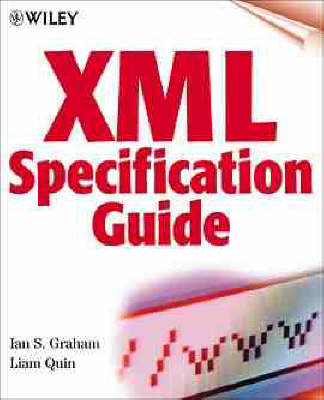XML (Extensible Markup Language) is one of the hottest technologies for Web development. It is based on SGML and while it has the advantage of being less complicated to use than SGML, it is both more complex and flexible than HTML. XML offers users the following advantages: it makes networked information easier to find; categorize; customize; and allows users to create documents that look and function exactly the same way through any browser; it allows Web pages to be updated without re-sending all data, thereby saving on bandwidth (for example, XML allows on-line booksellers to use tags such as "price" and "number of pages" for searching and categorising purposes); and support for XML is being built into products from Microsoft, Netcape, Adobe, DataChannel, and WebMethods. This text is the technical reference for Web and application programmers and developers. After a concise overview of the purpose and scope of XML and its principles, readers find a complete and in-depth annotated specification guide that includes sample applications.
This comprehensive reference guide is designed for experienced Web developers and programmers and goes beyond comprehensive coverage of the XML specification to offer: namespaces, a recent W3C draft critical for large-scale, distributed applications; Tiny SML, a subset of XML used for special applications; databases and object-oriented models, including object inheritance and architectural forms.
- ISBN10 0471327530
- ISBN13 9780471327530
- Publish Date 8 February 1999
- Publish Status Out of Stock
- Out of Print 30 May 2002
- Publish Country US
- Imprint John Wiley & Sons Inc
- Edition Annotated edition
- Format Paperback
- Pages 456
- Language English
